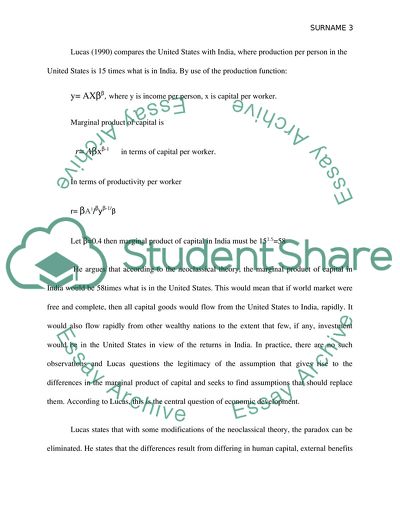Cite this document
(Lucas Paradox and the International flow of capital Essay, n.d.)
Lucas Paradox and the International flow of capital Essay. https://studentshare.org/macro-microeconomics/1828121-lucas-paradox-and-the-international-flow-of-capital
Lucas Paradox and the International flow of capital Essay. https://studentshare.org/macro-microeconomics/1828121-lucas-paradox-and-the-international-flow-of-capital
(Lucas Paradox and the International Flow of Capital Essay)
Lucas Paradox and the International Flow of Capital Essay. https://studentshare.org/macro-microeconomics/1828121-lucas-paradox-and-the-international-flow-of-capital.
Lucas Paradox and the International Flow of Capital Essay. https://studentshare.org/macro-microeconomics/1828121-lucas-paradox-and-the-international-flow-of-capital.
“Lucas Paradox and the International Flow of Capital Essay”. https://studentshare.org/macro-microeconomics/1828121-lucas-paradox-and-the-international-flow-of-capital.


